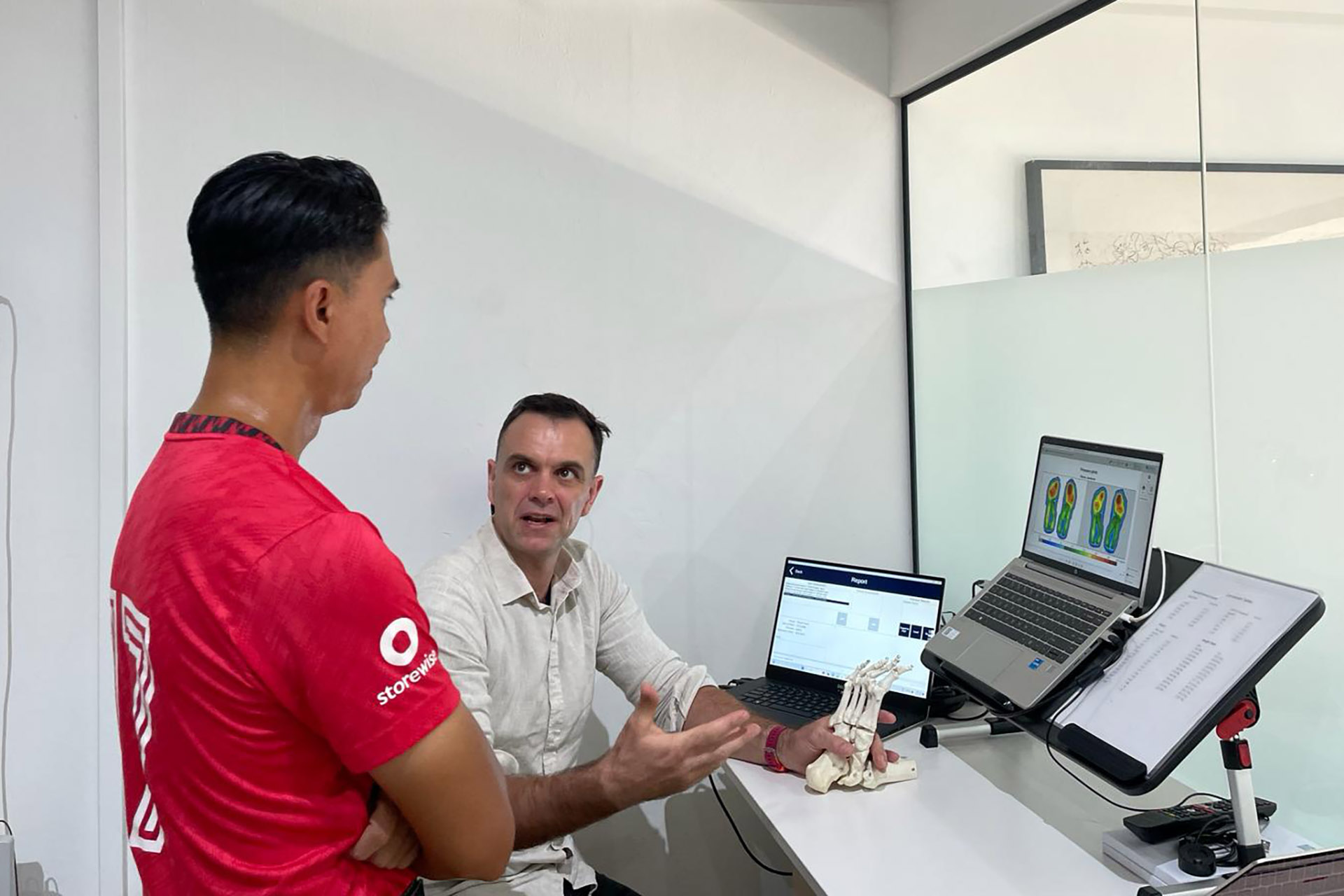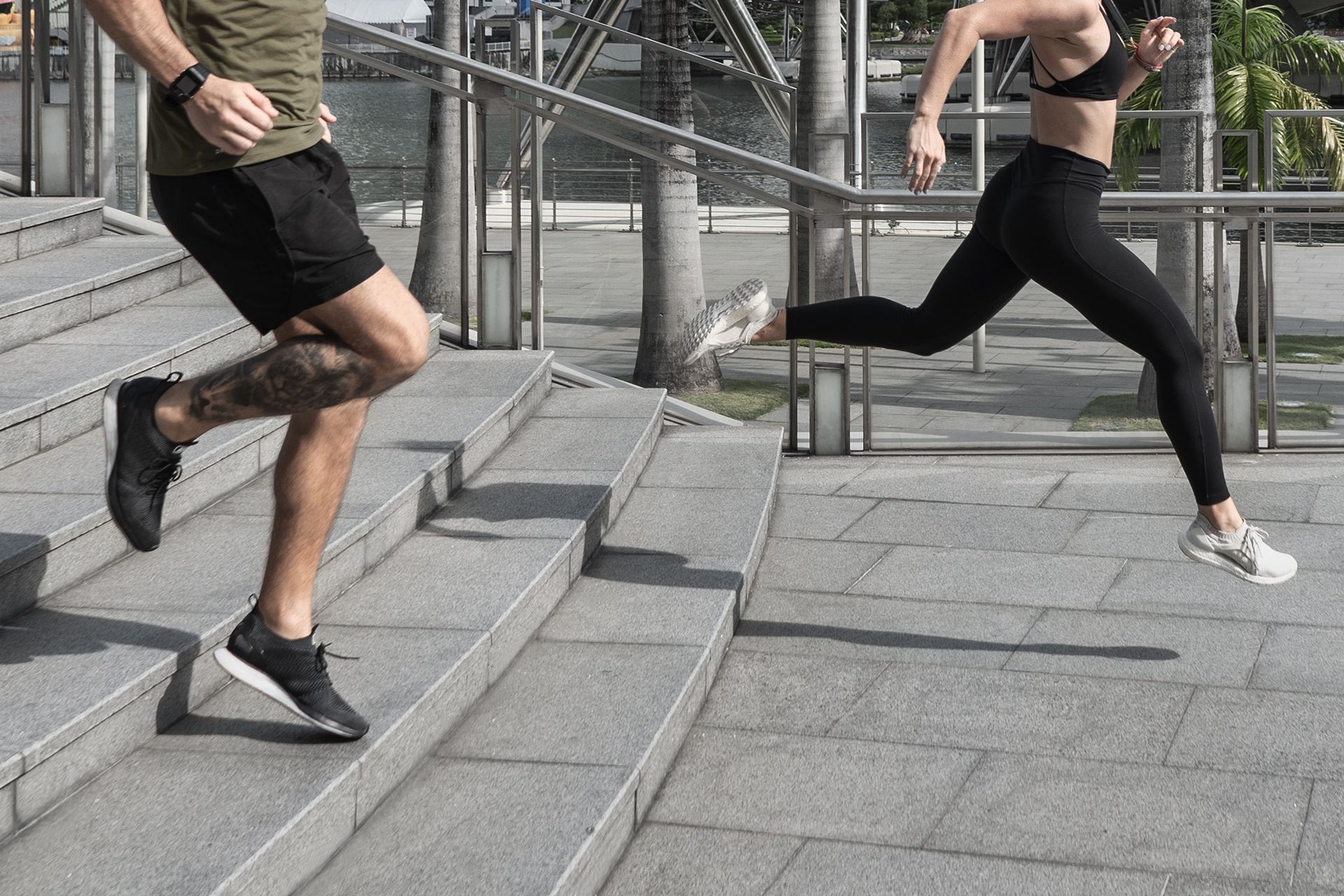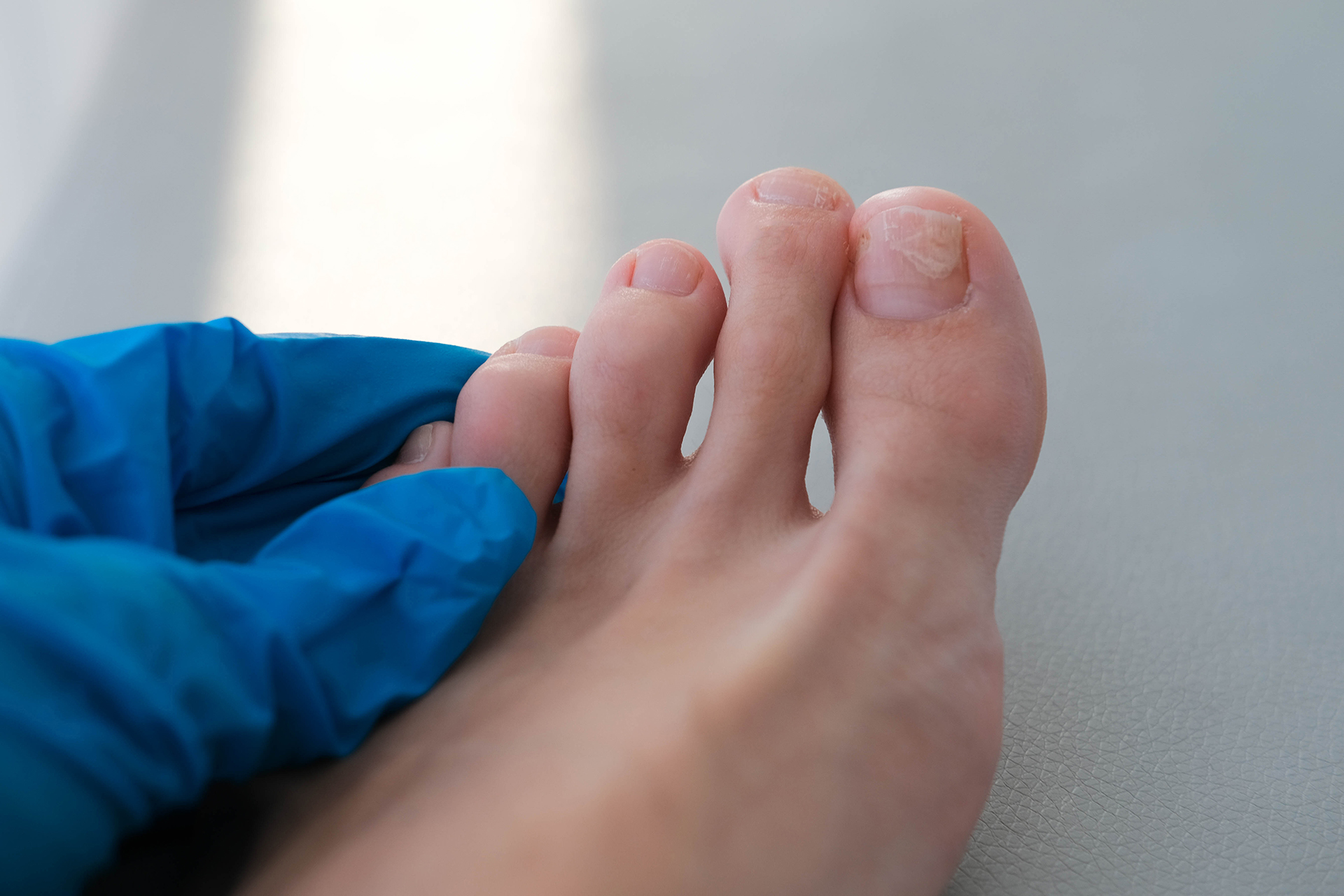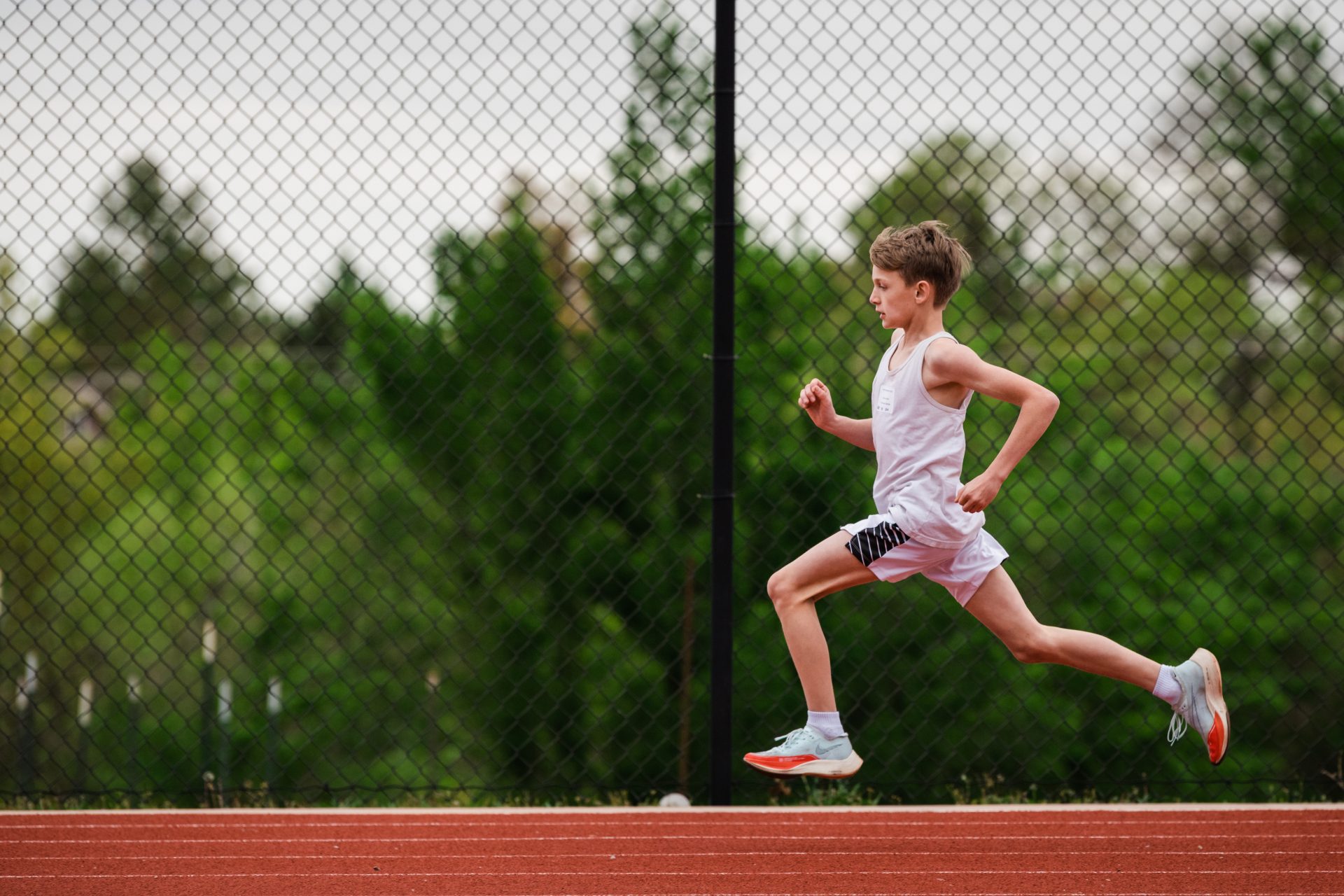We offer comprehensive podiatric management tailored to each child’s specific needs, from addressing common concerns such as flat feet and in-toeing to treating sports injuries and promoting proper foot development. Discover how our leading paediatric podiatry services can help your child reach their optimal potential, one healthy step at a time!
Why Should My Child See A Paediatric Podiatrist?
Due to developing bones and movement patterns, a child’s foot is notably more pliable during the early years. Without correction, prolonged foot imbalances can lead to lower-limb misalignment, causing discomfort or pain as the child grows. A paediatric podiatrist can make crucial adjustments early on.
Paediatric podiatrists manage a range of children’s conditions, including flat feet, in-toeing, out-toeing, Sever’s Disease, walking irregularities, and injuries to the foot or ankle. Addressing these issues promptly ensures better biomechanical function and gait health.
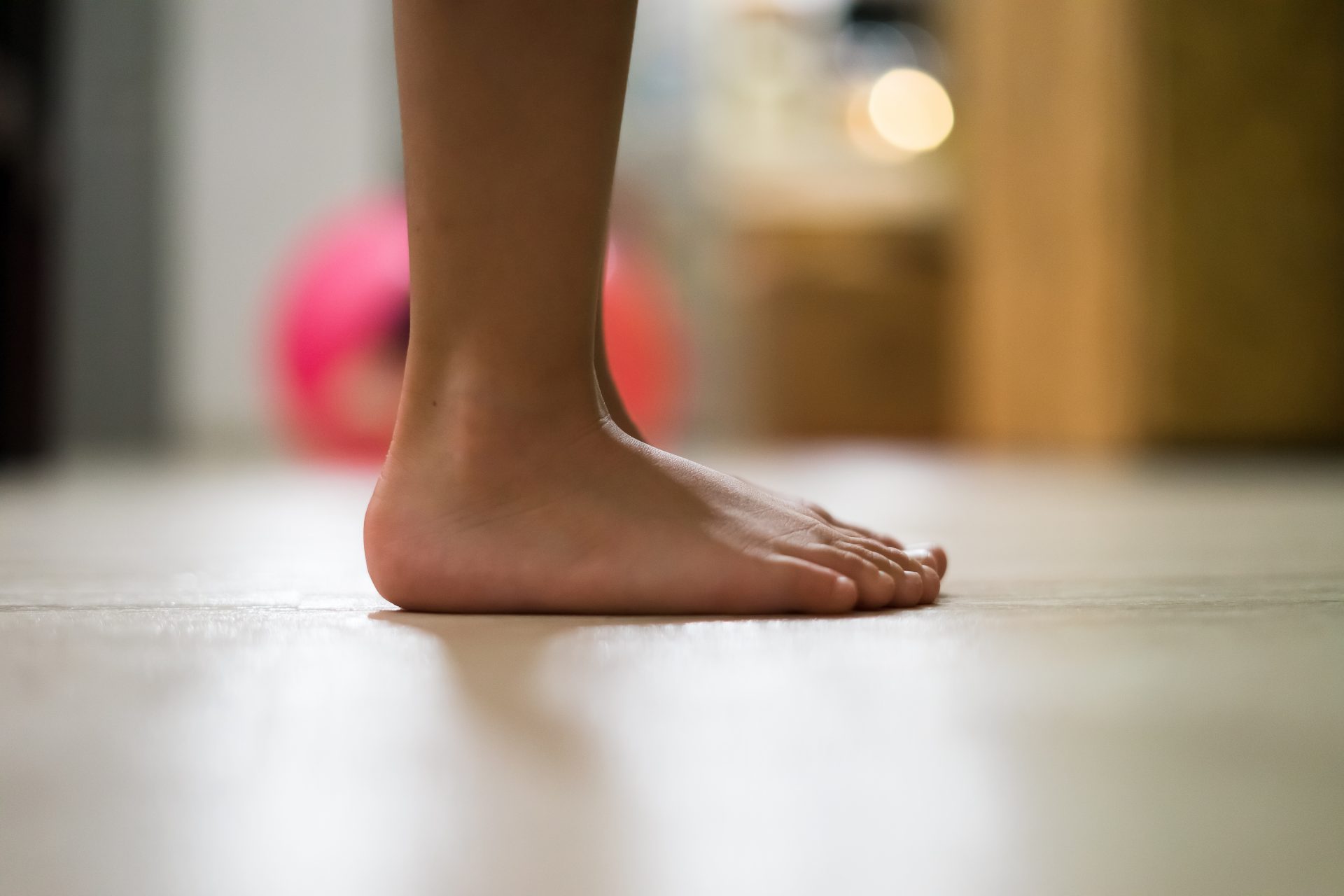
Paediatric Injuries and Conditions
Our foot specialists recommend a paediatric podiatry assessment at key developmental stages: 18 months, 3, 7, and 12 years. If your child shows signs of walking difficulties, discomfort, in-toeing or out-toeing, or experiences foot or ankle pain after sports, seeking a children’s podiatrist’s expertise is crucial.
Not every condition is immediately apparent. The Foot Practice specialises in detailed gait analysis to uncover hidden foot conditions that, if left untreated, could lead to long-term issues. Early detection is key to preventing future complications.
Your Child’s Path to Optimal Gait and Foot Health
Scheduling a gait analysis at The Foot Practice for your child can be crucial for identifying abnormal walking patterns early on. Based on our experience, specific testing of gait movement patterns or walking style can benefit your child’s foot health.
Our gait analysis benefits your child’s sports activities or serves as part of a nurturing path during rehabilitation, providing parents with visual insights into their child’s walking patterns. This analysis helps detect issues that might not be obvious but can impact your child’s development, comfort, and mobility. We use specific testing techniques to diagnose and provide essential management for diverse conditions based on your child’s needs.

Our paediatric podiatrist can suggest targeted interventions by identifying specific irregularities or abnormal patterns in your child’s gait. In certain instances, simply monitoring a child’s foot growth is sufficient. Recommended measures include stretching and strengthening exercises to support lower limb health. These are often part of a comprehensive rehabilitation plan to correct misalignments and enhance walking habits.
Paediatric orthotics or other interventions may be prescribed to correct gait, prevent potential complications and support proper musculoskeletal development. Early identification and correction of gait abnormalities can avert future discomfort and injuries, enabling your child to lead a more active and healthy lifestyle.
If your child sustains a sports injury, our detailed analysis ensures informed care and actively involves children by demonstrating their tangible progress. This visibility significantly enhances their motivation and confidence. Our targeted approach enables more effective rehabilitation, with every action guided by the most advanced assessment tools available for your child’s care.
Considerations by Age-Related Conditions
Addressing age-related conditions in children involves considering their developmental stages and tailoring foot health interventions to support growth and physical health. This encompasses monitoring for common childhood conditions, with special attention to developmental milestones and early detection of developmental disorders, to ensure interventions can be implemented promptly.
More specifically, conditions and children’s foot conditions by specific age groups may include:

Newborn to 6 months: During this initial stage, attention is directed towards identifying and managing developmental positioning concerns such as in-toeing, out-toeing and metatarsus adductus, alongside early detection and management of clubfoot. If addressed promptly, these conditions can often be corrected through non-invasive methods, ensuring proper foot development and function.
6 months to 1 year: Early walking concerns become evident as infants explore movement and take their first steps. Gait abnormalities can surface during this pivotal growth phase, with tight hamstrings being a common issue that may hinder the natural progression of walking development. Early intervention can play a crucial role in fostering lifelong healthy walking patterns.
1 to 3 years: This period is critical for evaluating flat feet, which can affect a child’s walking and posture. Additionally, plantar warts and ingrown toenails are common concerns that require interventions to prevent pain and infection, which could detract from a child’s mobility and overall quality of life.
3 to 5 years: With increased participation in sports and physical activities, this age group sees a rise in sports-related injuries and conditions, including ankle sprains, turf toe, stress fractures, Osgood-Schlatter Disease, shin splints and patellar subluxation.
5 to 12 years: Monitoring for Sever’s Disease, an inflammation of the heel’s growth plate, becomes paramount as children become more active in sports. Continual observation for developmental positioning issues is also essential during this stage, as correcting such problems can prevent discomfort and enhance performance in daily activities and sports.
By addressing these age-specific concerns with timely and appropriate care, paediatric podiatry supports the foundation for healthy foot development and function throughout childhood and adolescence.
What Can Paediatric Podiatry Do For My Child?
The Foot Practice’s paediatric podiatrist manages foot conditions in infants, children, and teenagers, including plantar warts, ingrown toenails, and sports injuries. After assessing your child’s feet, our podiatrist can suggest management options specific to your child’s condition:

- General assessment of the foot and lower limb
- Children’s footwear advice
- Gait analysis for children
- Management of sports injuries
- Diagnosis and management of paediatric skin and nail disorders
- Diagnosis and management of foot and lower limb pain
- Management of flat feet/high-arched feet
- Advice regarding in-toeing (toes pointing inward)
- Advice on out-toeing (toes pointing outward)
Children’s custom insoles can provide the additional support needed for kids to walk, run, jump, and play. Orthotics are custom-made insoles tailored to your child’s needs. They can aid children with in-toeing or out-toeing by providing support under the foot and are commonly used for flat feet to support arch development.
For toddlers and children with low muscle tone, braces can assist those who struggle with walking or stability due to pronation, or the inward rolling of the foot during impact, to improve impact distribution.
If you’re concerned about your child’s foot health and want to explore interventions to prevent future injuries, make an appointment with The Foot Practice today to see our paediatric podiatrist in Singapore.



